What better time of year than National Historic Preservation Month to announce the latest round of PA SHPO’s Community Initiative Award winners. This year’s projects and recipients showcase a range of preservation success stories, demonstrating the power of perseverance, collaboration and partnership.
Continue readingCategory: Recreation (Page 2 of 3)
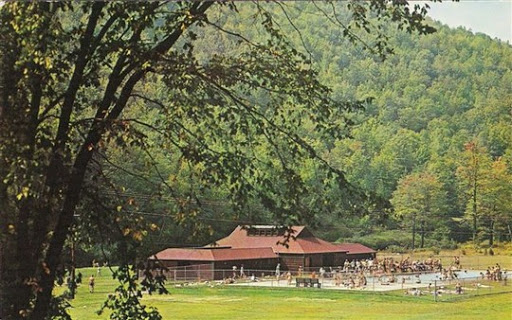
Dip into History: Five Historic Pools and Swimming Holes in Pennsylvania
Summer is definitely here in Pennsylvania! And when the weather turns hot and humid, my mind turns to swimming and lazy days by the water.
Continue readingPennsylvania’s communities are filled with special and meaningful historic places and spaces that add value to our lives and offer comfort and stability during these challenging times. Now more than ever, it is important to stay connected to our communities.
Today’s Spotlight: Cain Chamberlain
Continue readingSoon there will be some new markers out there for you to brake for!
Earlier this month, PHMC approved twenty-four new historical markers for an amazing range of subjects that highlight even more interesting Pennsylvania facts and figures.
Continue readingThis week’s post about Mount Holly Springs in Cumberland County is the third in our series about the Tri-County Survey for PA SHPO’s Disaster Planning for Historic Properties Initiative. In previous posts, we wrote about Lykens, Dauphin County and Blain, Perry County.
Continue readingSince our last Just Listed! post, nine resources have been listed in the National Register of Historic Places. You can explore these and other historic properties in Pennsylvania via CRGIS, our online map and database.
Continue reading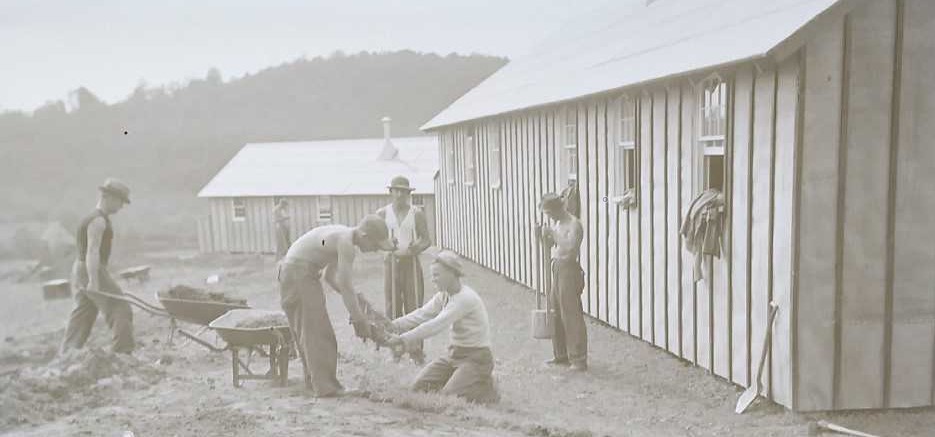
Preserving Laurel Hill CCC Camps – Part 2
This post is the second of two highlighting the work of two recent interns to preserve WPA-era Civilian Conservation Corps camps at Laurel Hill State Park. You can read Part 1 and the history of the park in this post.
Continue readingThis post is the first in a two-part series written by former interns highlighting the CCC history and historic resources at Laurel Hill State Park and the work the PA Department of Conservation & Natural Resources and the PA SHPO are doing to preserve and celebrate them as part of the Laurel Hill landscape.
Continue readingThis week I’m counting down to the 10 most popular blog post written in 2018! Its been awhile since we’ve done this kind of “year in review” for you loyal readers, so I thought it might be fun and give you the opportunity to read a post you may have missed. Continue reading
Are you looking for an adventure? Then take a drive to Clearfield County because Pennsylvania’s West Branch Susquehanna Byway is an adventure that awaits you at every turn.
What is a Pennsylvania Byway?
The Pennsylvania Department of Transportation (PennDOT) established the Pennsylvania Byways (PA Byways) program in 2001 to identify and designate corridors with cultural, historical, recreational, archaeological, scenic, and natural qualities and outstanding features throughout the commonwealth.

If you see one of these, check it out!
PennDOT’s mission for this program is to:
- support communities and local governments in achieving byway designations,
- assist with local planning efforts to maintain byway resource qualities,
- protect and preserve visual impacts,
- educate residents and visitors,
- promote tourism, and
- enhance economic development potential throughout the commonwealth.
The PA Byways program parallels U.S. Federal Highway Administration’s National Scenic Byways Program, which was created in 1991 as part of the Federal Intermodal Surface Transportation Efficiency Act (ISTEA). The main difference between the two programs is that Pennsylvania does not use “scenic” in its title, recognizing that many roadways exemplify more than purely scenic qualities.
Currently, Pennsylvania has 21 designated PA Byways, one National Forest Scenic Byway, and three National Scenic Byways, and one All-American Road. The existing network of byways includes over 650 miles of roads through almost half of Pennsylvania’s 67 counties!
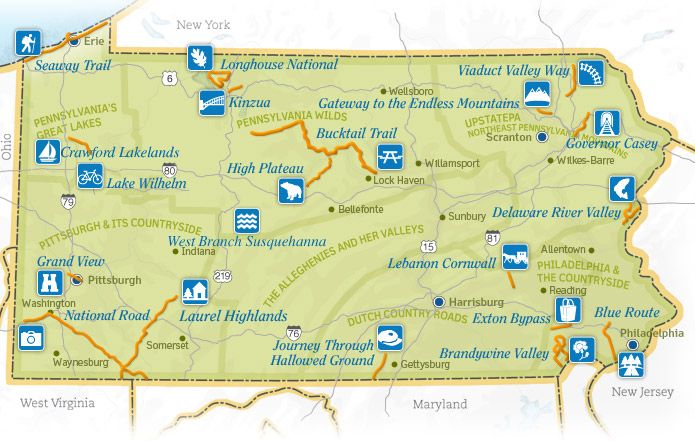
Take some time to explore some of PA Byways.
**The Pennsylvania Byways program is currently being restructured. If you have interest in designating a byway, please contact Jacqueline Koons-Felion at jfelion@pa.gov or 717-787-6388.**
5 Things to Do and See along the West Branch Susquehanna Byway
1. The Drive
The West Branch Susquehanna Byway offers seventy-two miles of winding roads showcasing historic, archeological, cultural, recreational, natural and scenic rarities that are inherent of Clearfield County. This byway is a great outlet for the outdoorsman, civil war buff, foodie, photographer, and the explorer.
PennDOT designated this corridor as Pennsylvania’s 19th Byway in March 2012.
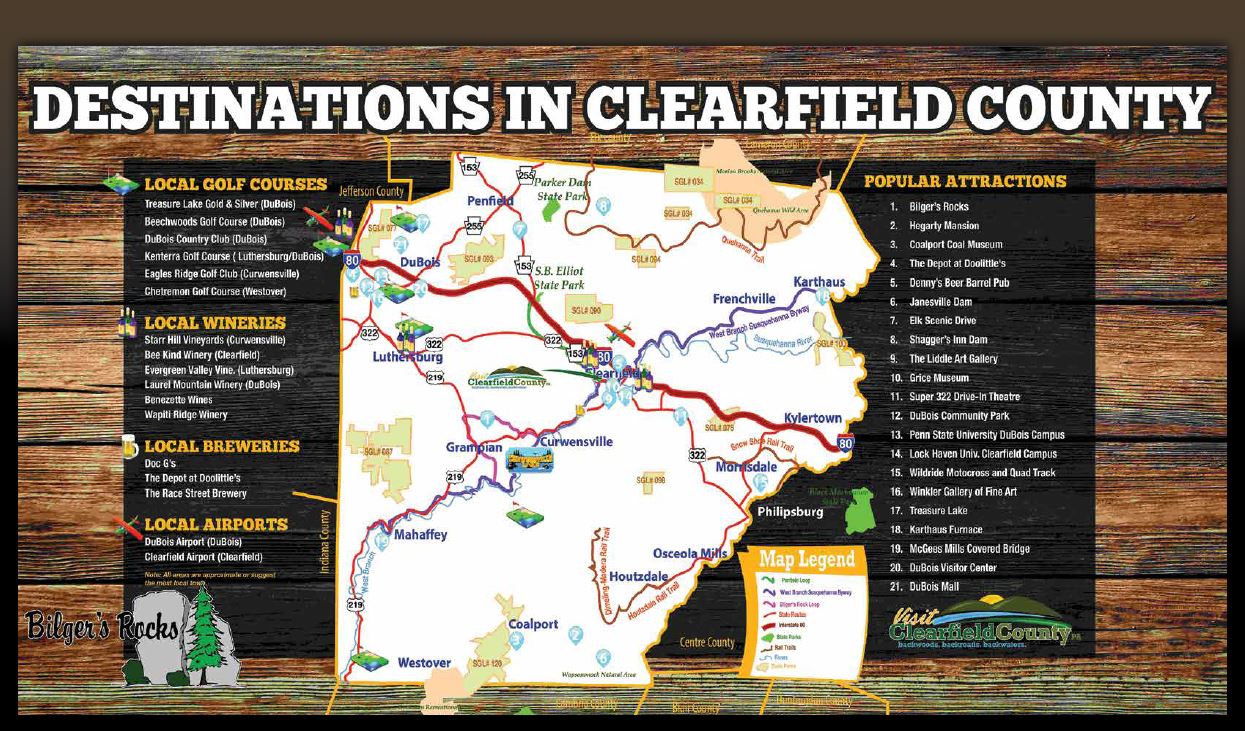
Got to www.visitclearfieldcounty.org for more information!
The West Branch Susquehanna Byway is a scenic and natural beauty that is a must see. During the nineteenth and early twentieth centuries, the Susquehanna River was a lifeline of historic Clearfield County. The River served as the lumber transport system that fueled the once-booming economy. The byway was named after the river because of its historical significance, but also because the byway provides access to the abundance of recreational opportunities that the Susquehanna River offers, both on its banks and in its waters.
2. McGees Mills Covered Bridge

McGees Mills Covered Bridge
This Bridge is the only covered bridge crossing the mighty Susquehanna River and the only one still being used in Clearfield County. The 122 ft. single span Burr arch truss bridge was built in 1873 by Thomas A. McGee. Thomas built the bridge using hand hewed white pine timbers from the area and at a cost of $175. It was the last covered bridge built in Clearfield County. Thousands of rafts floated under the bridge including the last raft in 1938.
The bridge was listed on the National Register of Historic Places in 1980 and renovated in 1994 after a collapse caused by record-breaking ice and snow. This scenic spot remains one of the most popular photographic attractions in Clearfield County and is also located at the very beginning or end of the West Branch Susquehanna Byway.
3. Bilger’s Rocks
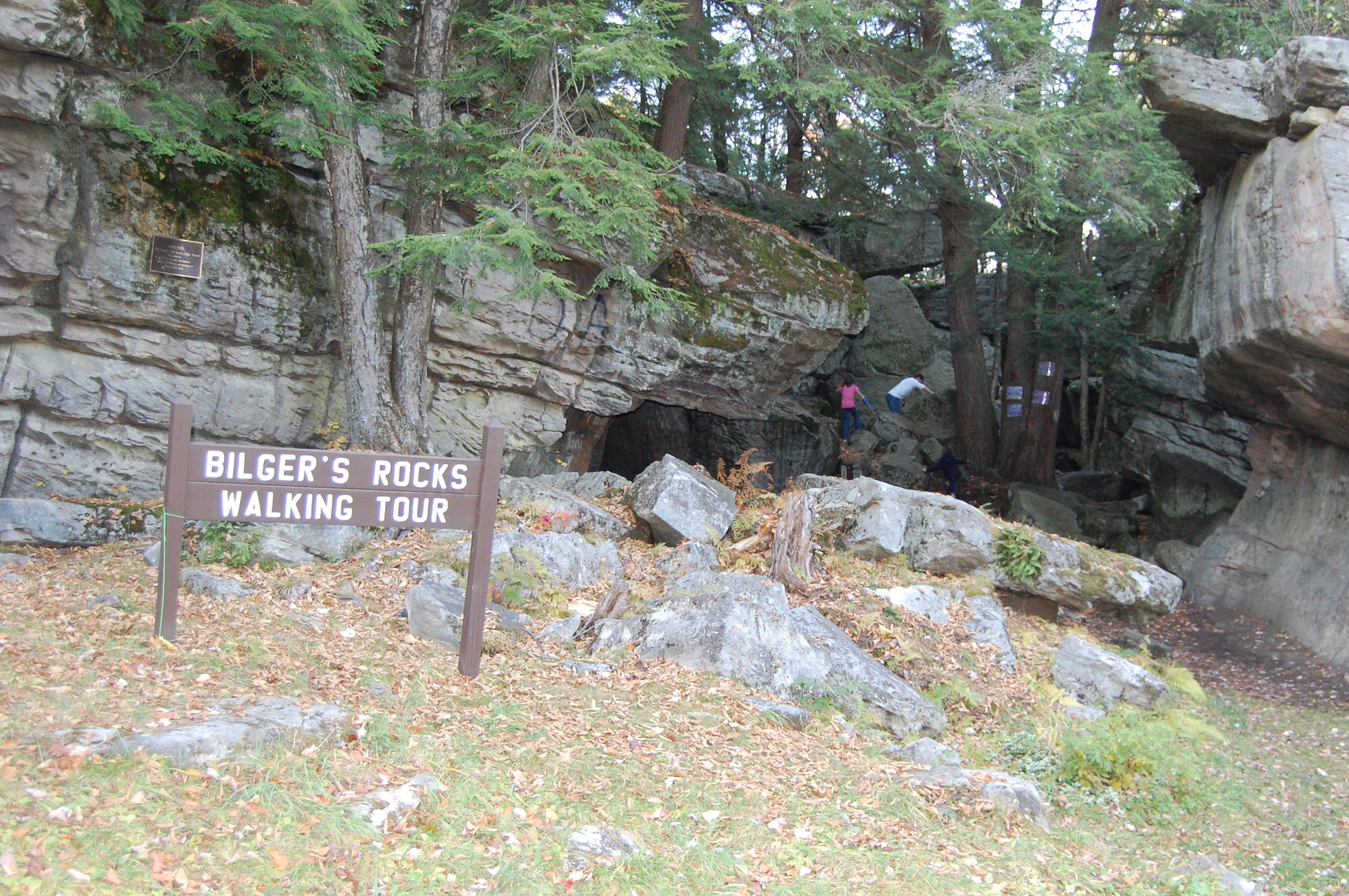
Clearfield County’s Bilger Rocks
Over 300 million years ago, before the settlers, before the Indians, way back when the earth was taking its shape; a city was built just outside of Grampian in Clearfield County. This prehistoric city was like none other, for it was made of massive rocks. Twenty acres of massive rocks to be exact. Some of the rocks tower of five stories high and most of them are over 20 feet thick. The geological phenomenon responsible for this masterpiece is known as frost wedging. Frost wedging causes boulders to break away from the mountainside and helped create this magnificent vision full of numinous caverns and narrow passageways that has withstood eons of vagaries. There are 170 acres of park land where the Bilger’s Rocks Association offers campsites, pavilions, picnic area, a concert arena, recreational activities and even a concession stand that is open every weekend. www.bilgersrock.net
4. Curwensville Lake
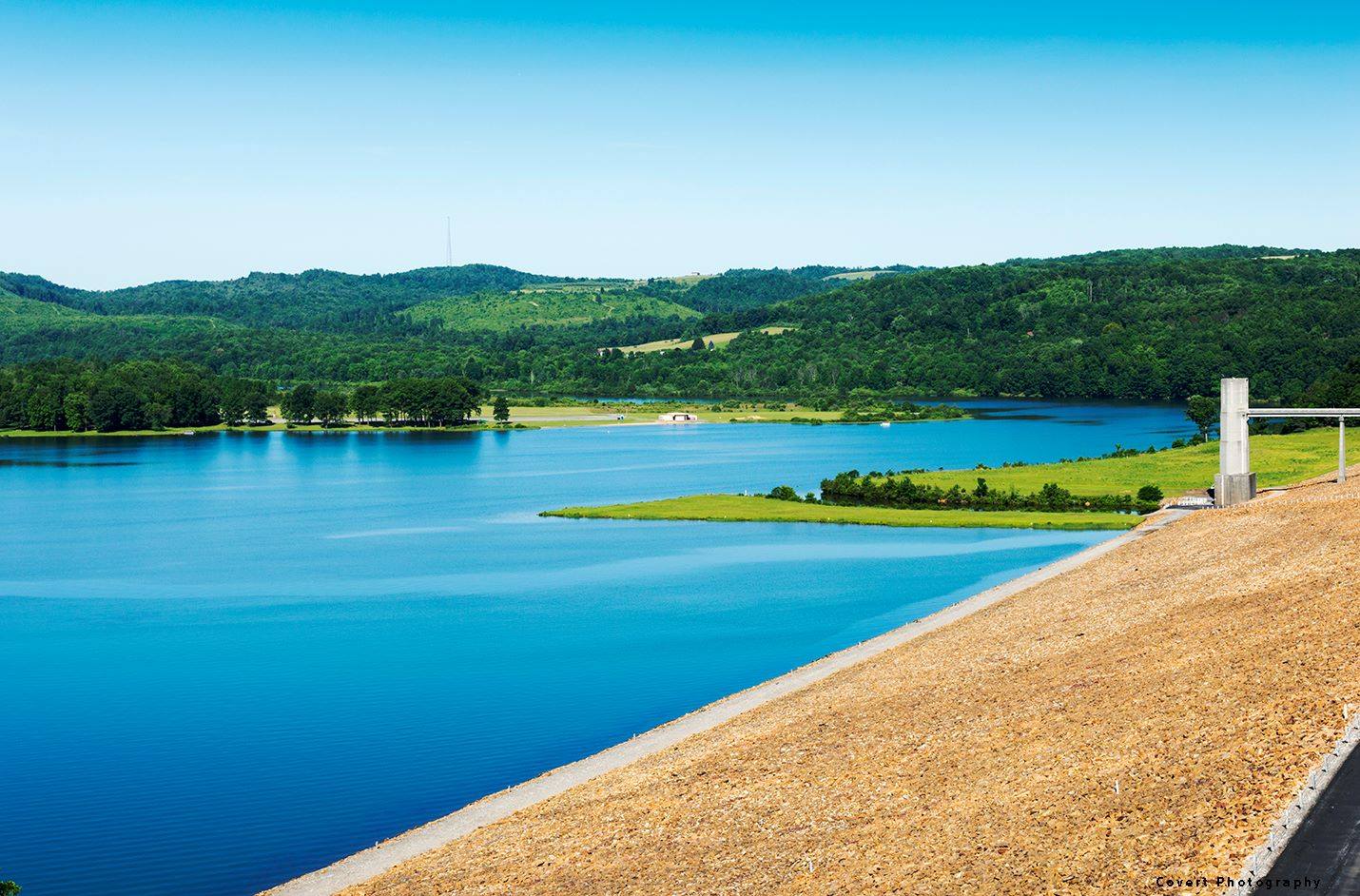
Picturesque Curwensville Lake, Clearfield County.
Curwensville Lake is a reservoir located just to the south of the town of Curwensville. The lake was formed due to the construction of the Curwensville Dam to the north of the lake. Before the dam was built, there were several floods occurring along the West Branch Susquehanna River, affecting the towns of Curwensville, and Clearfield to the north. On September 3, 1954 a Flood Control Act was passed due to the flooding along the West Branch river basin. The dam cost $20,400,000 to construct. Curwensville Lake offers many opportunities to entertain the whole family. Biking, hiking, boating, camping and fishing are just a few of the activities available at Curwensville Lake. And with no horse power regulations on the lake, visitors can enjoy the open waters with their boat and spend some relaxing time catching some of the freshwater fish.
5. Denny’s Beer Barrel Pub

Burger challenges at Denny’s Beer Barrel Pub.
Denny’s was founded by Denny and Jean Liegey in September 1977. Denny’s started making giant hamburgers to attract attention and to create a fun atmosphere for all. Denny’s is known nationally as the home of the “World’s Largest Hamburger Challenges.” It all started with a 2 lb. hamburger challenge with homemade buns baked in a coffee can and the rest is history. Denny’s became famous in 1998 for “The Ye Olde 96er” and have been featured on tv shows like Rachel Ray, The Food Network, Travel Channel, Good Morning America and many more. Guests have dined from all 50 states and many from countries around the world.
Interested in seeing and learning more?
The West Branch Susquehanna Byway is a beautiful scenic and fun byway. This is just a small taste of what the byway has to offer. Visit us in person or on our website, www.visitclearfieldcounty.org, to learn more about the West Branch Susquehanna Byway.
This week’s post is by guest contributor, Josiah Jones. Josiah is the executive director of Visit Clearfield County.

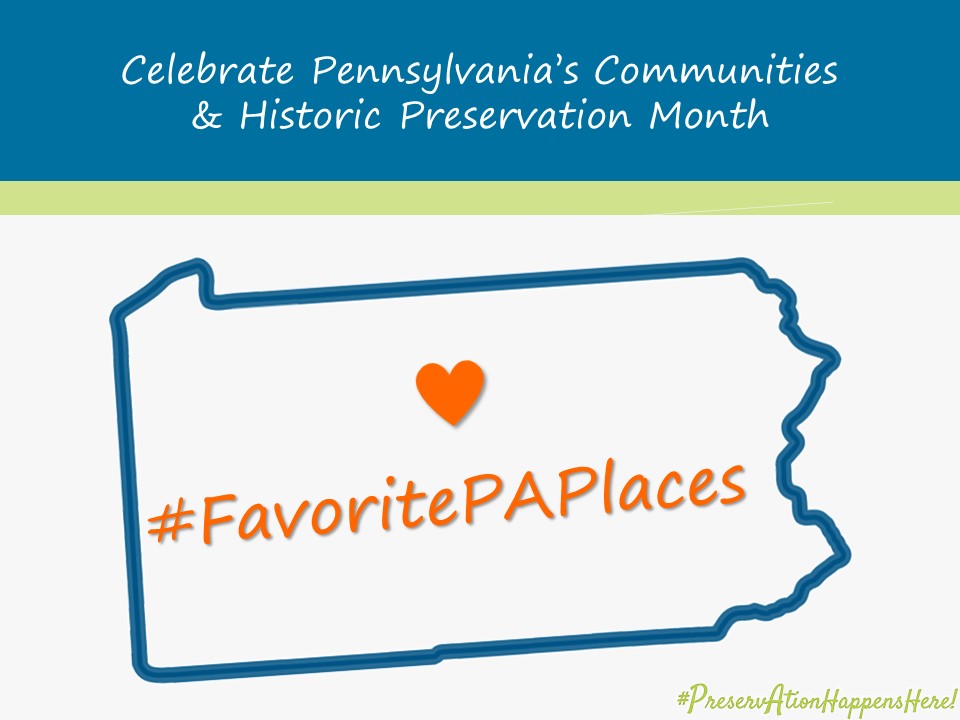

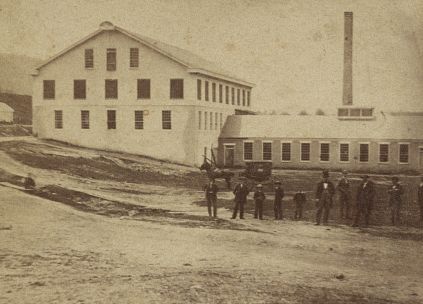
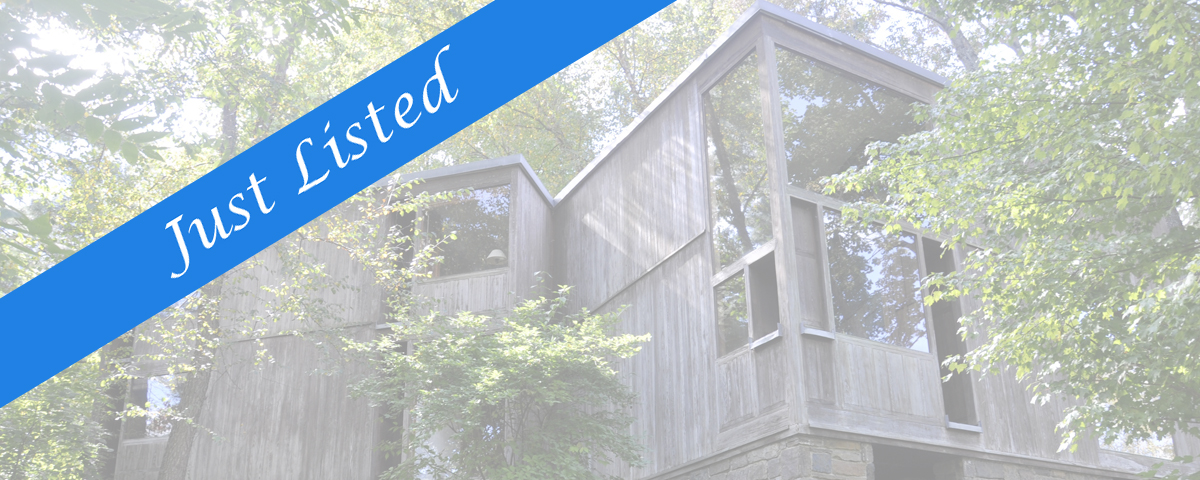
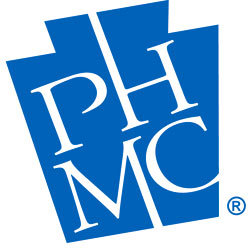


Recent Comments